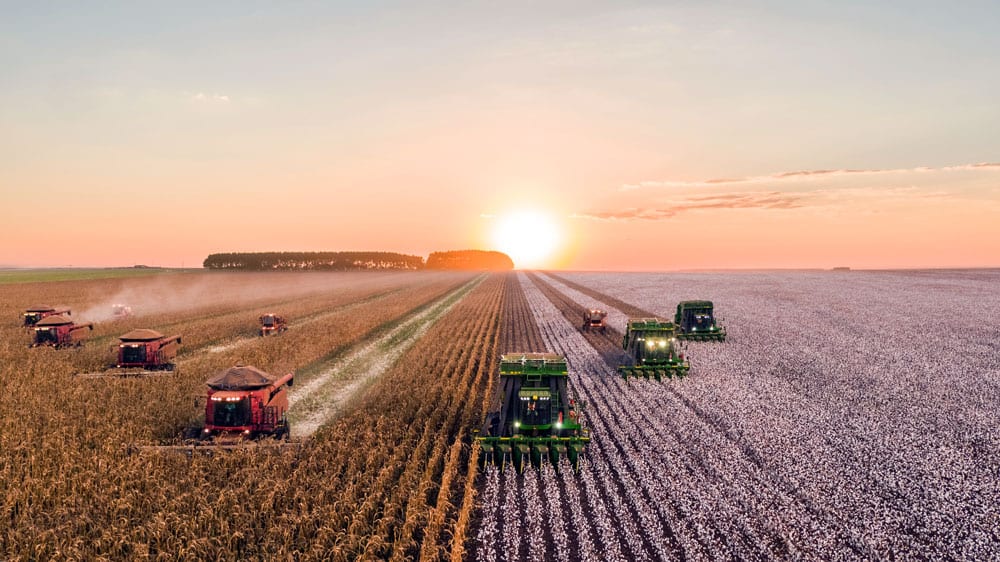Global Food and Energy Security—Integrated System Dynamics Model for Addressing Systemic Risk
Journal Paper by Roberto Pasqualino, Irene Monasterolo and Aled Jones
Sustainability, 11(14), 3995
July 2019

Abstract
In 1972, The Limits to Growth, using the World3 System Dynamics model, modeled for the first time the long-term risk of food security, which would emerge from the complex relation between capital and population growth within the limits of the planet. In this paper, we present a novel system dynamics model to explore the short-term dynamics of the food and energy system within the wider global economic framework. By merging structures of the World3, Money, and Macroeconomy Dynamics (MMD) and the Energy Transition and the Economy (ETE) models, we present a closed system global economy model, where growth is driven by population growth and government debt. The agricultural sector is a general disequilibrium productive sector grounded on World3, where capital investment and land development decisions are made to meet population food need, thus generating cascade demands for the energy and capital sector. Energy and Capital Sectors employ a more standard economic approach in line with MMD and ETE. By taking into account the role of financial, real, and natural capital, the model can be used to explore alternative scenarios driven by uncertainty and risk, such as climate extreme events and their impacts on food production. The paper presents scenario analysis of the impact of an exogenous price, production, and subsidies shock in the food and/or energy dimensions on the economic system, understanding the sources of potential cascade effects, thus providing a systemic risk assessment tool to inform global food security policies.
Download
Pasqualino, R.; Monasterolo, I.; Jones, A. An Integrated Global Food and Energy Security System Dynamics Model for Addressing Systemic Risk. Sustainability 2019, 11, 3995.



